Sliding doors are a versatile and stylish feature in many homes, but to keep them functioning smoothly, it’s essential to understand their individual parts.

Knowing these components not only simplifies repairs and maintenance but also helps when upgrading to more modern or energy-efficient designs.
In this guide, we’ll take you through the key sliding door parts, their specific roles, and how they work together to create seamless functionality.
Whether you’re fixing a sticking door or planning an upgrade, this knowledge will make the process easier and more efficient.
Key Sliding Door Parts and Their Functions
Sliding glass doors may seem simple, but they’re made up of several essential components that work together to provide smooth operation, security, and energy efficiency.
Let’s dive into the key parts of a sliding door and how each contributes to its functionality.
Frame

It’s made up of three main components:
- Head: The top horizontal piece that supports the sliding panels and tracks.
- Sill: The bottom horizontal piece, which helps guide the sliding door and provides a weatherproof seal.
- Jambs: The vertical sides that stabilize the frame and support the door’s weight.
Together, these parts form a sturdy structure that holds the door in place, ensuring proper alignment and durability.
Regularly inspecting the frame for rust, warping, or damage can help keep your door functioning for years to come.
Glass Panels
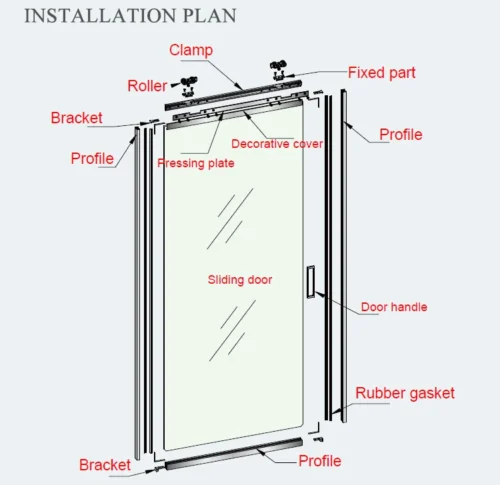
The glass panels in sliding doors are not just for aesthetics—they also play a key role in insulation and safety.
- Tempered Glass: Offers increased strength and shatters into small, less harmful pieces if broken.
- Low-E Glass: Coated to improve energy efficiency by reflecting heat while allowing natural light to pass through.
- Double-Pane Glass: Provides better insulation by trapping air or gas (like argon) between the panes.
Choosing the right glass can enhance your home’s energy efficiency, security, and overall comfort.
Clean your glass panels regularly to maintain a clear view and extend their lifespan.
Tracks and Rollers
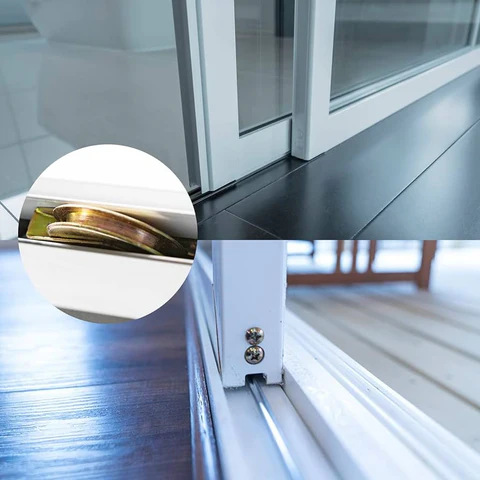
Tracks and rollers are the unsung heroes of sliding doors, enabling the smooth gliding motion we all love.
- Tracks: The grooves at the top and bottom that guide the door’s movement.
- Rollers: Small wheels attached to the bottom of the door, which slide along the track.
Dirty or damaged tracks and rollers can cause sticking or misalignment, making the door harder to operate.
Cleaning the tracks and lubricating the rollers twice a year can prevent these issues and keep your door running smoothly.
Weatherstripping
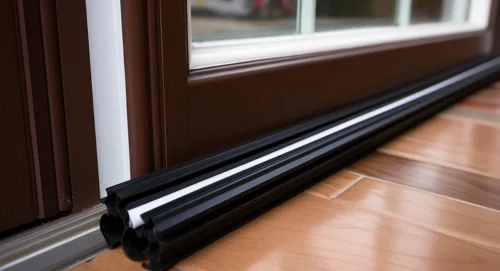
Weatherstripping is the hidden champion of energy efficiency.
It seals the gaps between the door and its frame, keeping out drafts, rain, dust, and insects.
- Foam or Rubber Strips: Common materials that form a tight seal.
- Adhesive Weatherstripping: Easy to apply and replace when worn out.
By preventing air leaks, weatherstripping not only keeps your home comfortable but also lowers energy bills.
Inspect it regularly and replace it when it shows signs of wear.
Handles and Locks
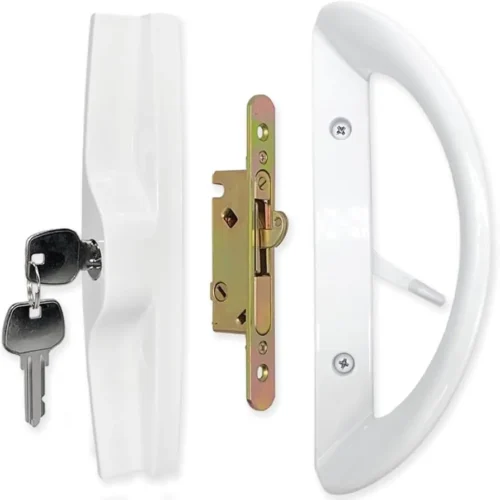
Handles and locks aren’t just about convenience—they’re essential for security and usability.
- Handles: Available in recessed or surface-mounted designs for easy operation.
- Locks: Options include mortise locks, deadbolts, and even smart locks for added security.
Well-maintained handles and locks ensure smooth operation and peace of mind.
Make it a habit to check for loose screws or malfunctioning parts and tighten or replace them as needed.
Thresholds and Stoppers

Thresholds and stoppers might seem like minor details, but they play a big role in the overall functionality of your sliding door.
- Threshold: The raised part of the sill that provides a seamless transition and helps keep water and debris out.
- Stoppers: Small buffers that prevent the sliding panel from slamming into the frame.
These features add an extra layer of protection and help maintain the longevity of your sliding door.
Keep the threshold clean and inspect stoppers for wear to avoid unnecessary damage.
Material Options for Sliding Door Frames
Sliding door frames are commonly made of aluminum, vinyl (PVC), or wood-clad materials.
Each material affects insulation, durability, and maintenance needs:
Aluminum: Strong and sleek, ideal for modern homes but requires thermal breaks for insulation.
Vinyl: Low-maintenance and energy-efficient, suitable for most residential use.
Wood-Clad: Offers a natural look but needs more maintenance to prevent warping.
Common Maintenance Tips for Sliding Door Parts
Maintaining your sliding glass doors doesn’t have to be complicated!
With a little routine care, you can keep them sliding smoothly and functioning perfectly for years to come.
Let’s go over some simple yet effective maintenance tips to ensure your door stays in top shape.
Clean the Tracks
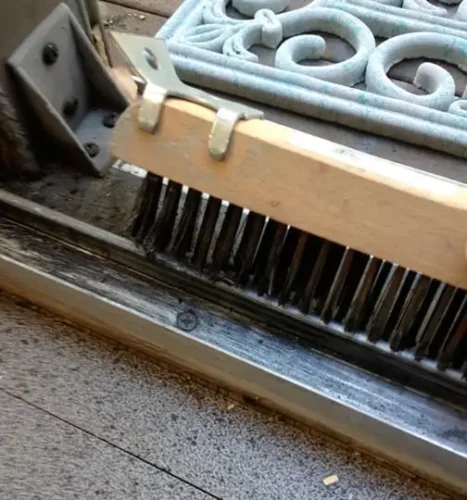
Dirty tracks are one of the main culprits behind sticking or difficult-to-move sliding doors.
Dust, debris, and even pet hair can accumulate over time, making it harder for the rollers to glide smoothly.
- Use a vacuum to remove loose debris.
- Wipe the tracks with a damp cloth or soapy water to get rid of grime.
- For stubborn dirt, a soft brush or toothbrush can help clean hard-to-reach corners.
Keeping the tracks clean not only makes opening and closing the door effortless but also prevents long-term wear and tear.
Lubricate the Rollers
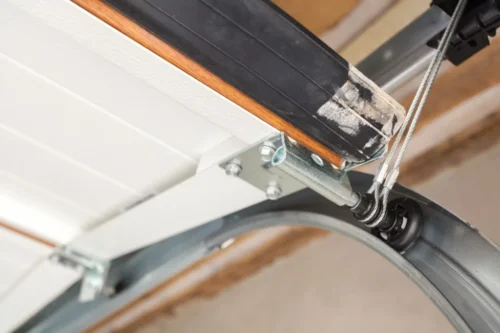
Rollers play a crucial role in ensuring smooth sliding action.
If your door feels heavy or jerky, it’s likely time to lubricate the rollers.
- Use a silicone-based lubricant, as it doesn’t attract dust like oil-based ones.
- Apply the lubricant directly to the rollers and tracks.
- Move the door back and forth to evenly distribute the lubricant.
This quick step can make a world of difference in how effortlessly your door moves.
Replace Worn Weatherstripping

Weatherstripping is key to keeping drafts, rain, and dust outside where they belong.
Over time, it can wear out, leading to reduced energy efficiency and increased utility bills.
- Check the weatherstripping for cracks, tears, or areas that don’t seal properly.
- Peel off damaged strips and clean the surface before applying new weatherstripping.
- Press firmly to ensure a tight seal.
Replacing worn weatherstripping is an easy and affordable way to maintain your home’s comfort and lower energy costs.
Tighten Hardware

Loose handles, locks, or screws can not only make your door harder to use but also compromise its security.
Regularly check your door’s hardware to ensure everything is tight and functioning correctly.
- Use a screwdriver to tighten any loose screws.
- Test the handle and lock to make sure they feel secure.
- If any parts seem worn or broken, replace them promptly.
This small effort can keep your door safe and easy to operate.
Inspect and Replace Damaged Glass Panels

Cracked or damaged glass panels are not only a safety hazard but also reduce the door’s insulation and aesthetic appeal.
- Check the glass panels regularly for cracks, chips, or other damage.
- For minor issues, consider professional repair options.
- For significant damage, replacing the panel with a durable, energy-efficient option like tempered or Low-E glass is your best bet.
Addressing damaged glass panels quickly ensures your sliding door remains secure, energy-efficient, and beautiful.
By following these maintenance tips, you’ll keep your sliding glass doors in excellent condition, enhancing both their functionality and longevity.
Regular care goes a long way in ensuring your doors continue to provide convenience, style, and safety for your home.
Conclusion
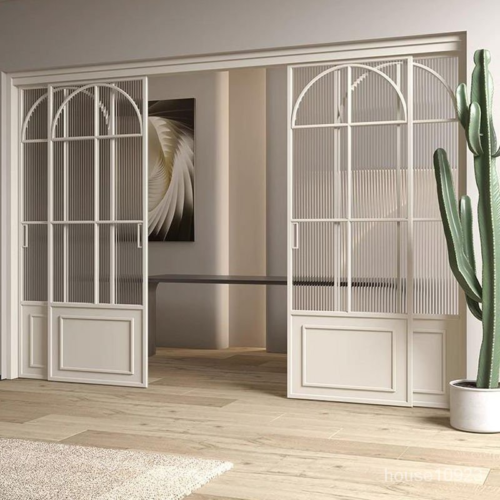
Understanding the key parts of your sliding door and maintaining them regularly is essential for smooth operation and longevity.
Proper care, like cleaning tracks and inspecting hardware, ensures your door remains functional, energy-efficient, and safe, while also adding value to your home.
If your sliding door has major issues or needs replacement, don’t hesitate to consult a professional.
Expert assistance can save time and prevent costly mistakes, ensuring your door stays in top condition for years to come.
Take the next step toward effortless door operation today!
FAQs About Sliding Door Parts
What are the parts of a sliding door called?
The main parts of a sliding door include the frame, which surrounds and supports the entire door system. The frame consists of three main components: the head (the horizontal top section), the jambs (the vertical sides), and the sill (the horizontal bottom section). These parts work together to ensure the stability and functionality of the sliding door.
What are the two holes at the bottom of a sliding glass door for?
On the bottom portion of a sliding glass door, there are typically two holes, one on each side. These holes house the adjustment screws for the rollers. These screws are used to fine-tune the height and alignment of the door for smooth operation. Plastic plugs may cover these holes and can be easily removed with a screwdriver.
What is the sliding door mechanism called?
The mechanism that allows a sliding door to glide horizontally is called the running gear. This system is located at the bottom of the door and includes the rollers that slide along the door track. The running gear ensures smooth and easy movement of the door along the track.
What are the parts of a slider called?
In general design terms, sliders have several parts:
- Track: Represents the range available for movement.
- Thumb: A position indicator that moves along the track to display the selected value or position.
- Value Label (optional): Shows the value at the thumb’s position.
- Tick Marks (optional): Markers on the track to indicate specific positions or intervals.
What are the two screws for on the bottom of the sliding door?
The two screws at the bottom of a sliding door serve distinct purposes. The top screw secures the rollers in place, while the bottom screw allows for height adjustments, ensuring the door is level and aligned correctly for smooth operation. Proper adjustment prevents sticking and ensures easy sliding.
Related Articles
How to Remove Sliding Glass Doors Safely
Aluminum vs Vinyl Sliding Doors Guide
How to Clean Sliding Door Tracks: Easy Steps
10+ Best Sliding Glass Door Brands

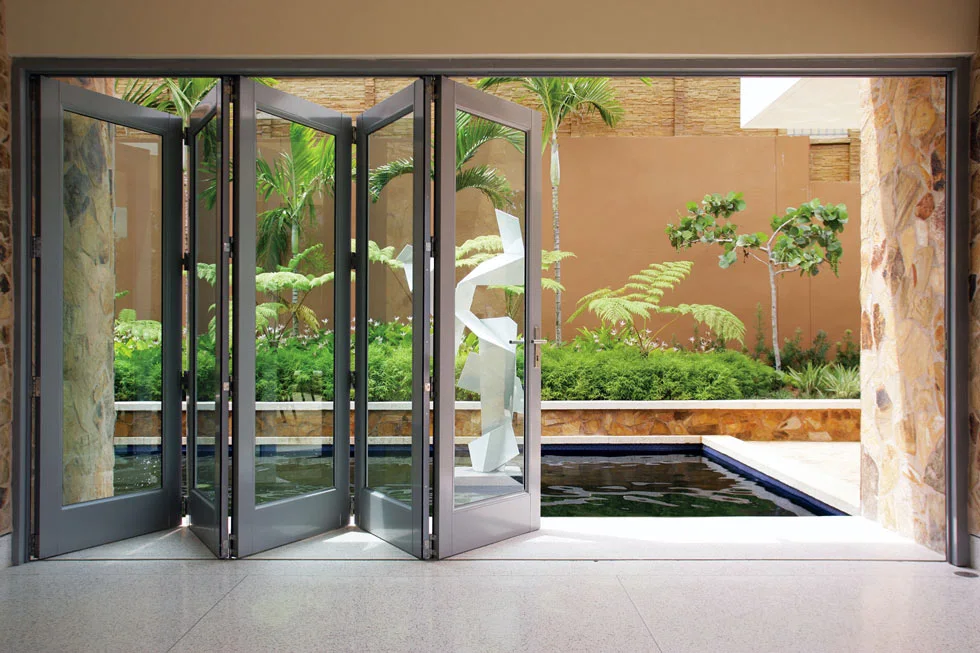
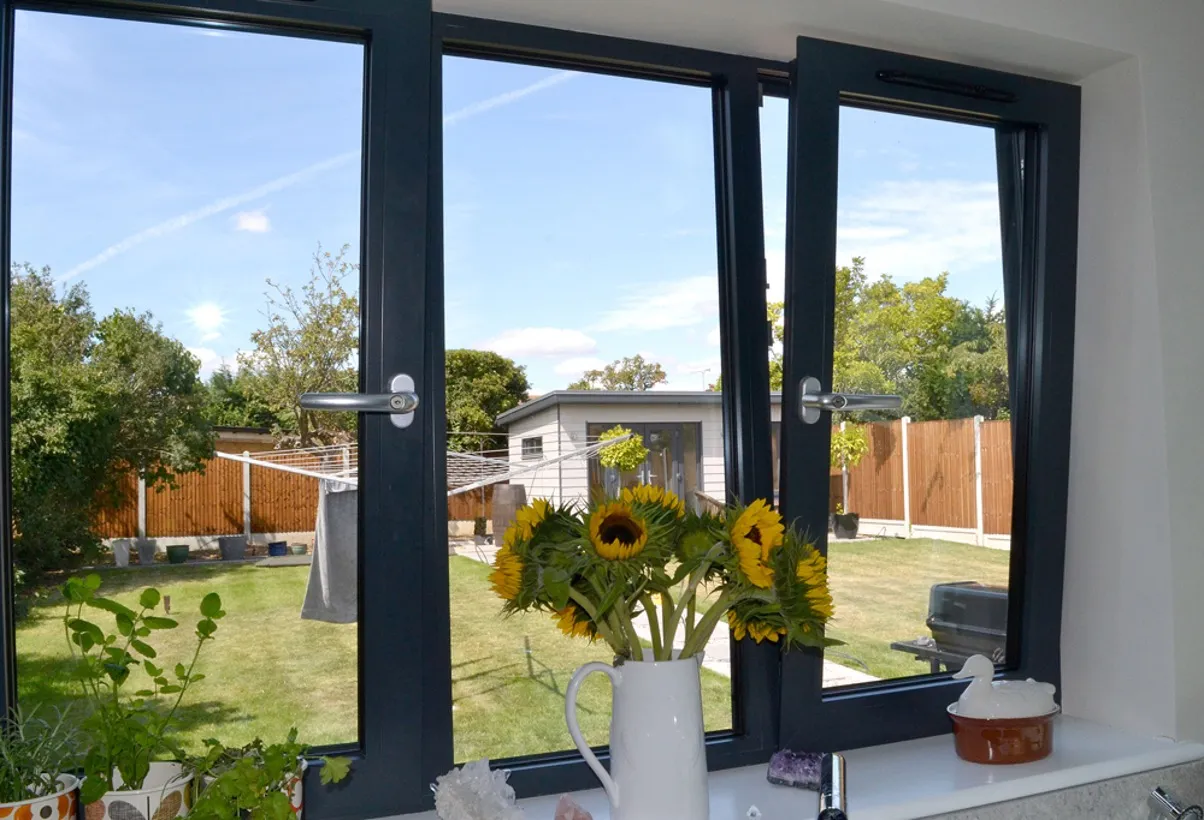
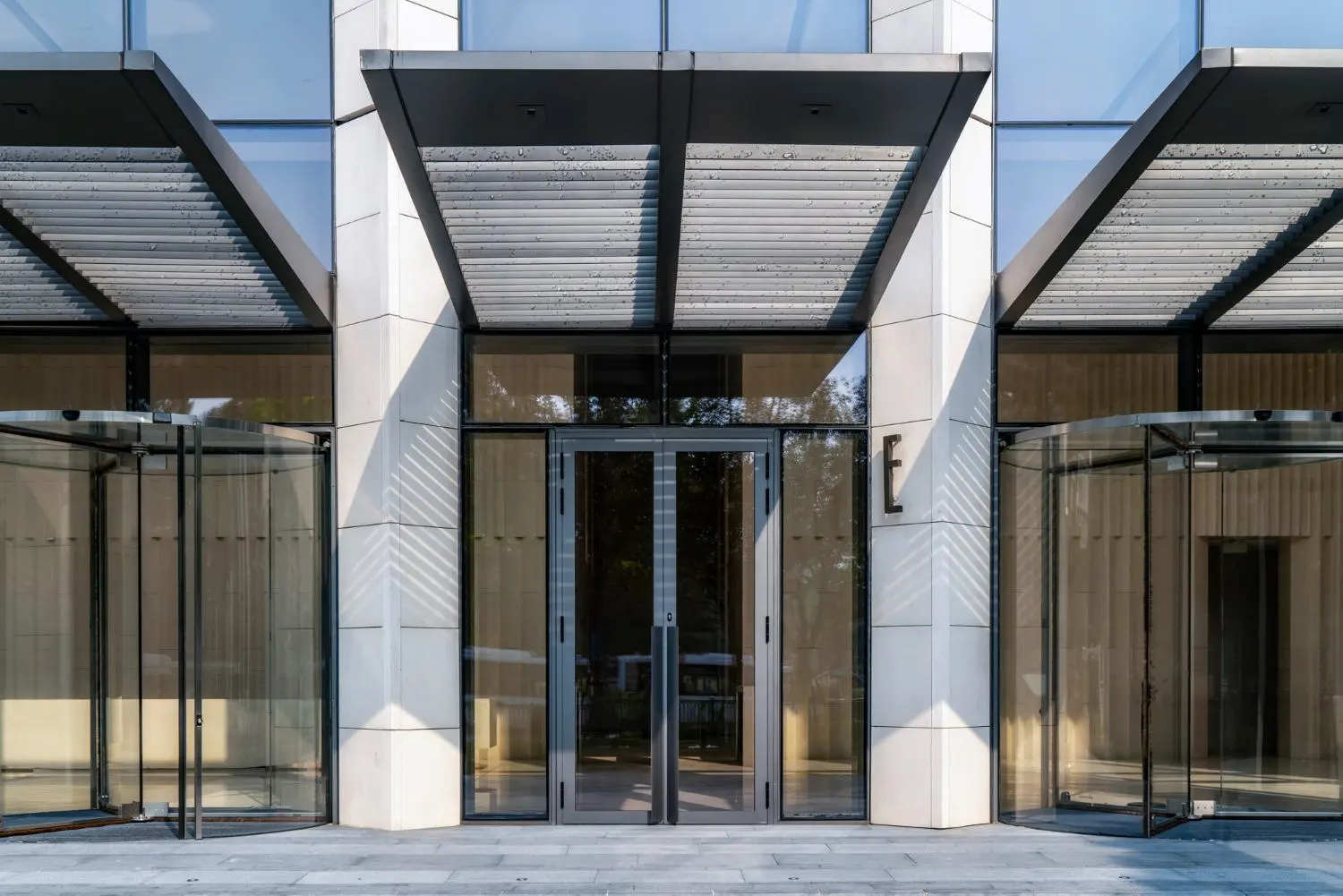




![gray door with silver handle sign that says no - Are Aluminum Doors Better Than Upvc? [November 2025] - APRO gray door with silver handle sign that says no](https://aprowin.com/wp-content/uploads/2024/09/gray-door-with-silver-handle-sign-that-says-no-500x280.webp)
![Sliding glass doors opening to a poolside view in a living room - How Much Does a Door Cost? Door Installation Guide [2025] - APRO Sliding glass doors opening to a poolside view in a living room](https://aprowin.com/wp-content/uploads/2024/11/Sliding-glass-doors-opening-to-a-poolside-view-in-a-living-room-500x328.webp)
![Living room with sliding glass doors leading to a balcony - Standard Door Sizes: Essential Guide for Homeowners [2025] - APRO Living room with sliding glass doors leading to a balcony](https://aprowin.com/wp-content/uploads/2024/11/Living-room-with-sliding-glass-doors-leading-to-a-balcony-500x333.webp)
![Two garage doors with windows and overhead door mechanism - How to Adjust Garage Door Springs: Easy Guide [2025] - APRO Two garage doors with windows and overhead door mechanism](https://aprowin.com/wp-content/uploads/2025/02/Two-garage-doors-with-windows-and-overhead-door-mechanism-500x320.webp)
